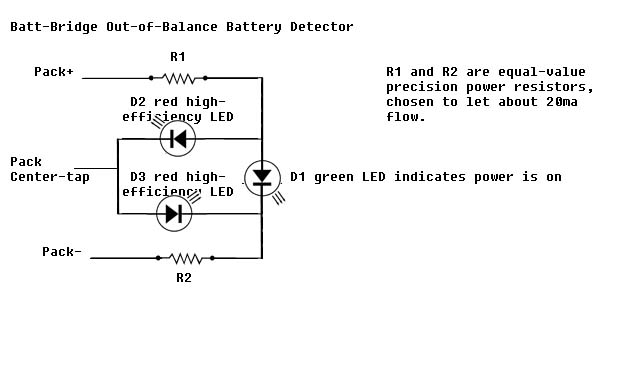learn how to bms by hand for one. then you will know what the pack is doing. The other thing to keep in mind is that you are looking at a $1800 investment in batteries whereas some cars have like 10's of thousands invested. The fancy bms makers are targeting the latter so the overhead is much larger in your case. As well you are using a rarer battery chemistry that has different voltage requirements and is more heat sensitive, which makes a stronger case for a bms and one with lots of thermal probes (more $$$) which could eat up what you saved on them in the first place (and the different chemistries limit your options).
The non bms route is well travelled with lifep04, it is considered safer for a number of reasons, and as long as you keep an eye on the pack voltage and current you *should* be fine. The leaf cells have a much shorter life cycle too.
LiMnNi Batteries recommends bms for LiMn*, you are asking for a lot of extra work even if you do know exactly what you are doing.
The charger options are much more plentiful for lifep04 as well.
I know we kinda hijacked your thread here

but dealing with a special needs battery is either rather diy or somewhat costly (and still bms's introduce their own complications).
The main thing with lifep04 is not to over discharge as that causes plating, and they are more resistant to overcharge, and better temperature range, and 4x the life cycle.
So probably the best option is the well traveled one. Some 60ah calb cells to get you to 72v and shop around for a charger that has two phase charging and a "safe" cutoff limit, keep an eye on your pack voltage when driving so you don't overdischarge it, and check the balance after charging/riding by hand (18 voltage readings) frequently at first (while it is charging initially) and less as your confidence in it grows.
The equipment for manually balancing is a voltmeter and a resistor and patience. And that simple led circuit will tell you if something is horribly out of whack.
Here is the battbridge circuit again, that's it, couple leds and resistors:

more info:
http://www.evdl.org/pages/battbridge.html